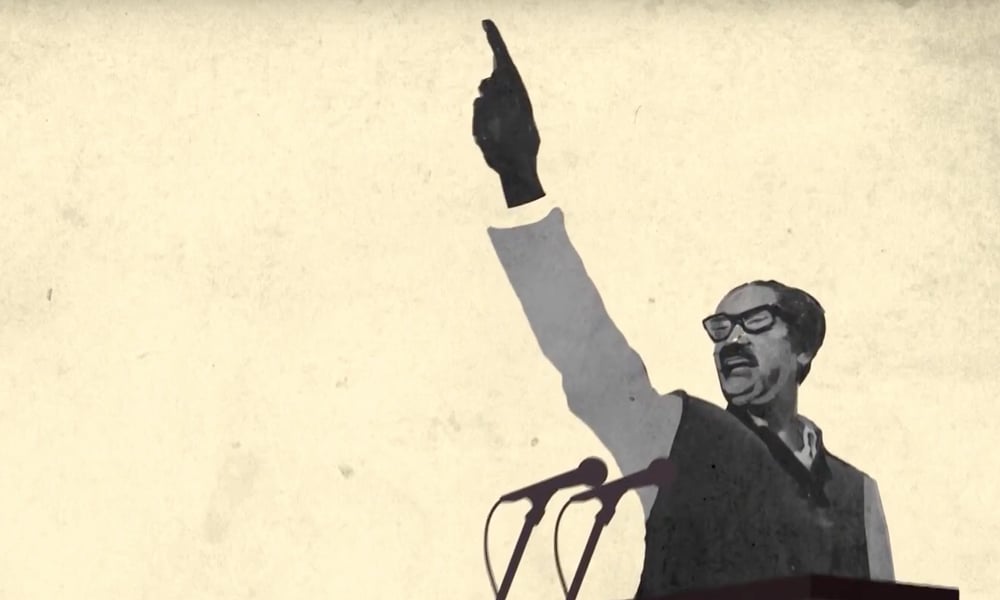2843
Published on January 16, 2022Amid sound macroeconomic policies, Bangladesh has navigated the Covid-19 pandemic relatively well, says the United Nations (UN).
The country's total economic output is projected to expand by 6 percent in 2022, according to the UN's World Economic Situation and Prospects 2022, which was launched recently.
Bangladesh economic activities ride on export growth and the rising demand for apparel, robust remittance inflows, and accommodative fiscal and monetary policies, it said.
However, the outlook is more challenging for other countries in South Asia, including those more dependent on tourism.
In the Maldives, economic activity is gradually improving partly due to a solid rebound in international tourism. But renewed Covid-19 outbreaks, locally and abroad, could easily derail the recovery.
The country's gross domestic product (GDP) may remain well below pre-pandemic levels; the risk of debt distress could be high.
In Sri Lanka, GDP growth is projected at 2.6 percent in 2022. Its major challenges include food shortages, dwindling foreign reserves and sovereign debt risks.
Afghanistan's severe downturn has come amid drastic political changes, a decline in international aid and a lack of access to offshore assets.
The worsening situation is leading to extreme poverty and food insecurity with the risk of the entire country becoming a humanitarian catastrophe.
The economy of Pakistan also remains on a relatively robust recovery path. After an economic expansion of 4.5 percent in 2021, the country's GDP growth is projected at 3.9 percent in 2022, driven by private consumption, said the UN.
The outlook for Iran continues to improve after severe difficulties in recent years, supported by rising gas and oil exports. GDP is projected to expand by 3.1 percent in 2022, following an expansion of 2.9 percent in 2021.
In South Asia, fiscal responses to the crisis were relatively restrained compared to other regions, largely due to sovereign credit ratings and debt-to-GDP ratios.
Fiscal policies remain moderately supportive as the recovery gathers pace. In India and Pakistan, fiscal deficits are projected to decline gradually.
However, the global economic recovery is facing significant headwinds amid new waves of Covid-19 infections, persistent labour market challenges, lingering supply-chain challenges and rising inflationary pressures.
After expanding by 5.5 percent in 2021, the global output is projected to grow by only 4 percent in 2022 and 3.5 percent in 2023.
The robust recovery in 2021 – driven by strong consumer spending and some uptake in investment, with trade in goods surpassing pre-pandemic levels — marked the highest growth rate in more than four decades, according to the UN report.
Yet the momentum for growth – especially in China, the US and the European Union – slowed considerably by the end of 2021, as the effects of monetary and fiscal stimuli began to recede and major supply-chain disruptions emerged. Rising inflationary pressures in many economies are posing additional risks to recovery.
"With the highly transmissible Omicron variant of Covid-19 unleashing new waves of infections, the human and economic tolls of the pandemic are projected to increase again," said Liu Zhenmin, under-secretary-general of the UN's Department of Economic and Social Affairs.
"Without a coordinated and sustained global approach to contain Covid-19 that includes universal access to vaccines, the pandemic will continue to pose the greatest risk to an inclusive and sustainable recovery of the world economy."














